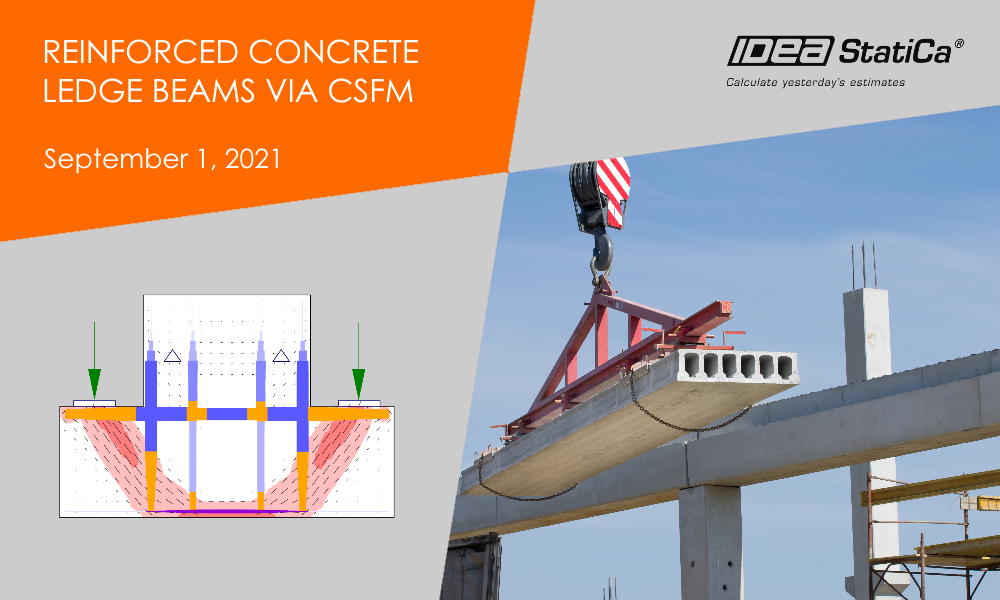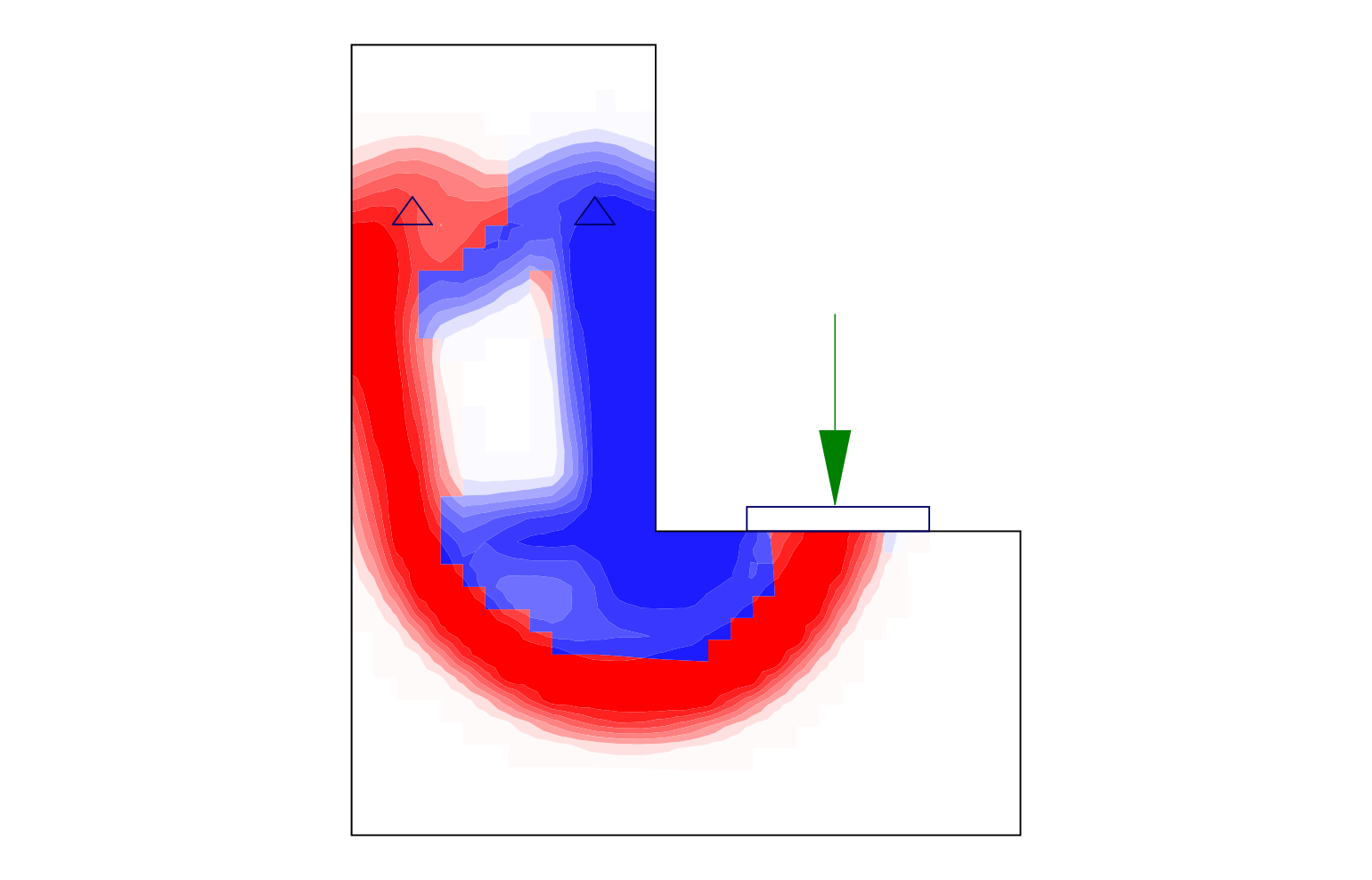-
2021-09-01T00:00:00.0000000Z(in your local time, 24-hour format)
Webinar date:
Join the webinar and learn about
- What are the problems encountered when designing beams with ledges
- How the CSFM method gives you more reliable answers
- How IDEA StatiCa Detail compares and improves on the traditional methods
Speakers

IDEA StatiCa

IDEA StatiCa
In the webinar, we will discuss the problem of ledges of L- or (inverted) T-shaped beams. The typical examples from the practice of precast reinforced concrete structures will be presented. We will outline a possible workflow of design and check of the ledge beams.
First, we start working in IDEA StatiCa Beam to design and check the beam in the longitudinal direction. Then, we go to IDEA StatiCa Detail, where the discontinuity region – ledge beam in transverse direction will be modeled. Such a concrete member will be reinforced, subjected to the loads, and analyzed via CSFM. We will go through the results and assess the detail for limit states, both ultimate and serviceability. Finally, we will compare the results obtained using the Strut-and-Tie method with the results provided by CSFM.
In the first step, the ledge L-shaped beam is analyzed in the longitudinal direction. It is necessary to model the beam in 3D in order to capture eccentrically acting load effects. The stirrups are designed for shear and torsion in the longitudinal direction.
In the second step, a transverse transmission of loads is analyzed. In addition, the stirrups designed in the first step must safely transmit the tension caused by acting loads on the ledges to the longitudinal direction of the beam.
Compatible stress field method (CSFM) is implemented in the IDEA StatiCa Detail app. This method was developed to design and code-check reinforced concrete details, especially the discontinuity regions and walls. Validation and verification of the CSFM solution is an essential part of the process of IDEA StatiCa software development. There has been extensive research done in this field, which is available on the IDEA StatiCa webpage and in the book Compatible Stress Field Design of Structural Concrete by prof. Kaufmann.
IDEA StatiCa Beam provides an economic and complex design for your everyday engineering work. We use cutting-edge methods for FEM modeling and nonlinear checks for ultimate, and serviceability limit states. According to Eurocode (EN) and SIA, the code-checks are performed for bridges of small and medium spans, buildings, and liquid retaining structures. Always according to the latest code updates and national annexes. A wide range of possibilities in check settings covers cast-in-place, precast and composite structures.


